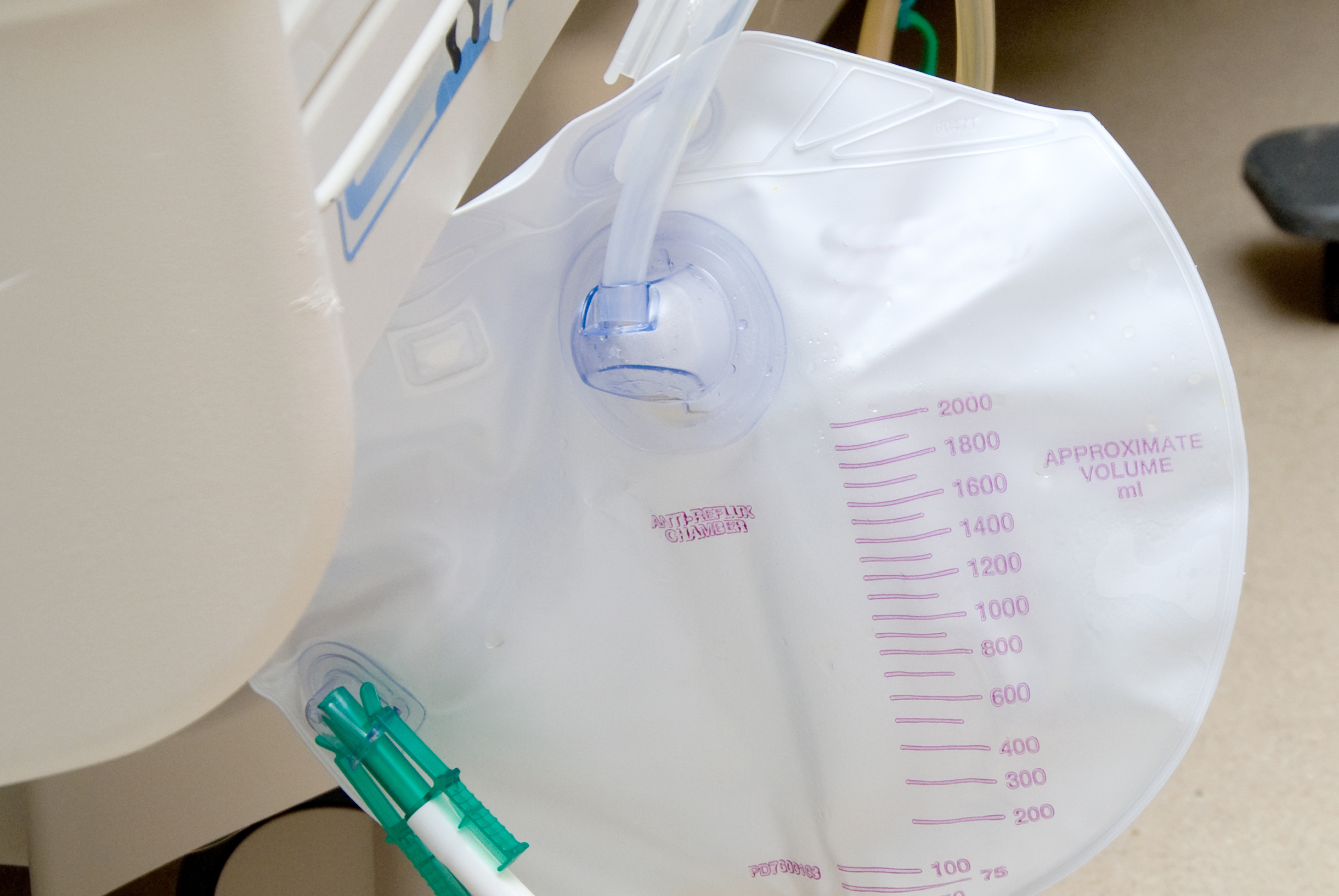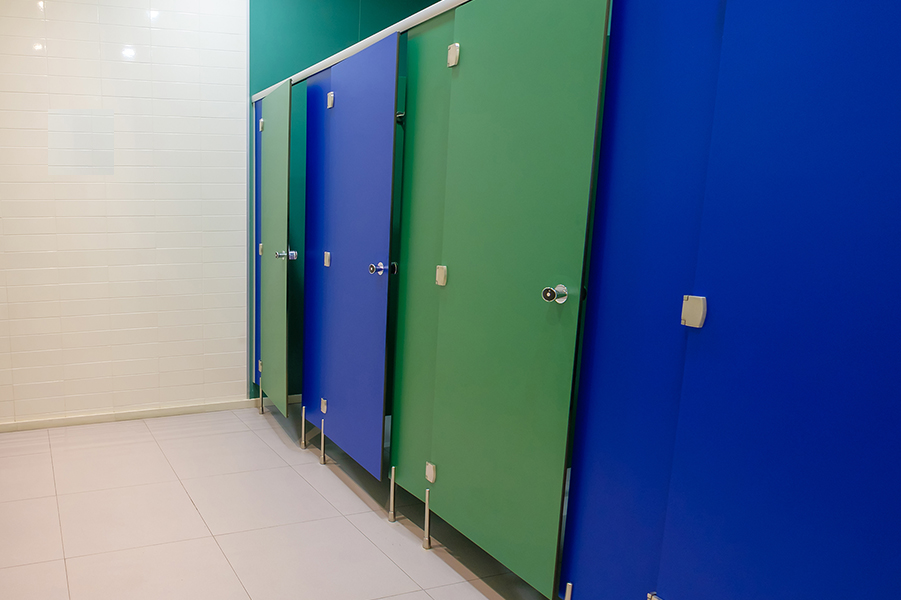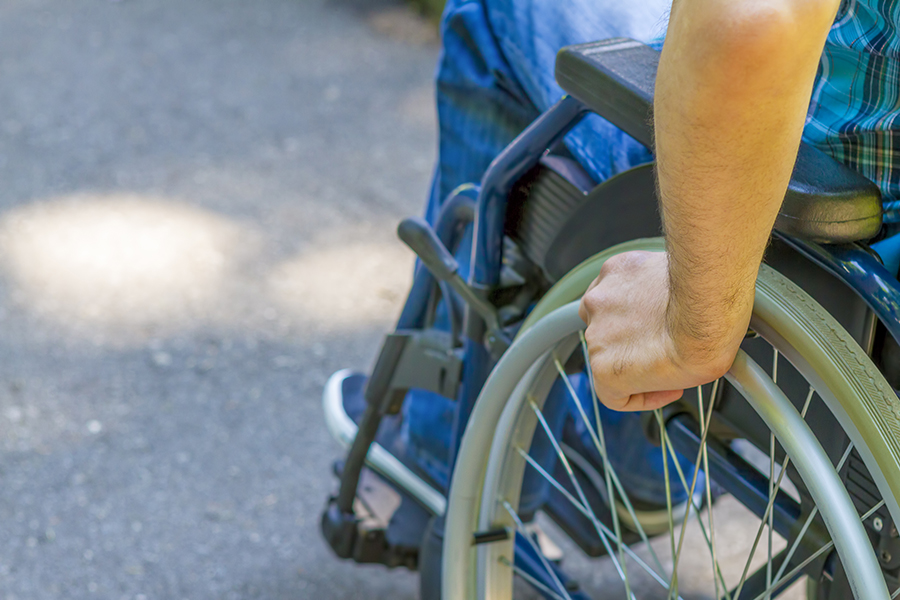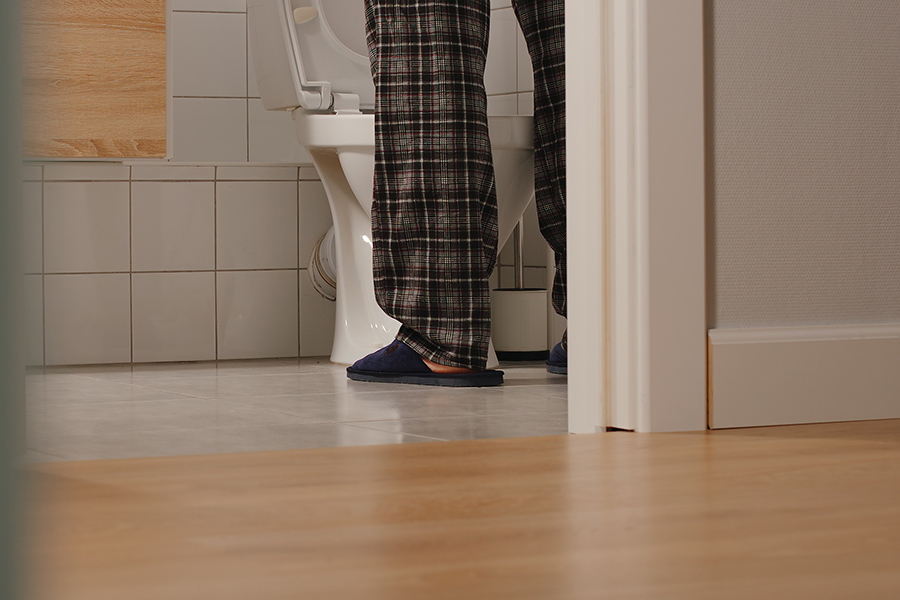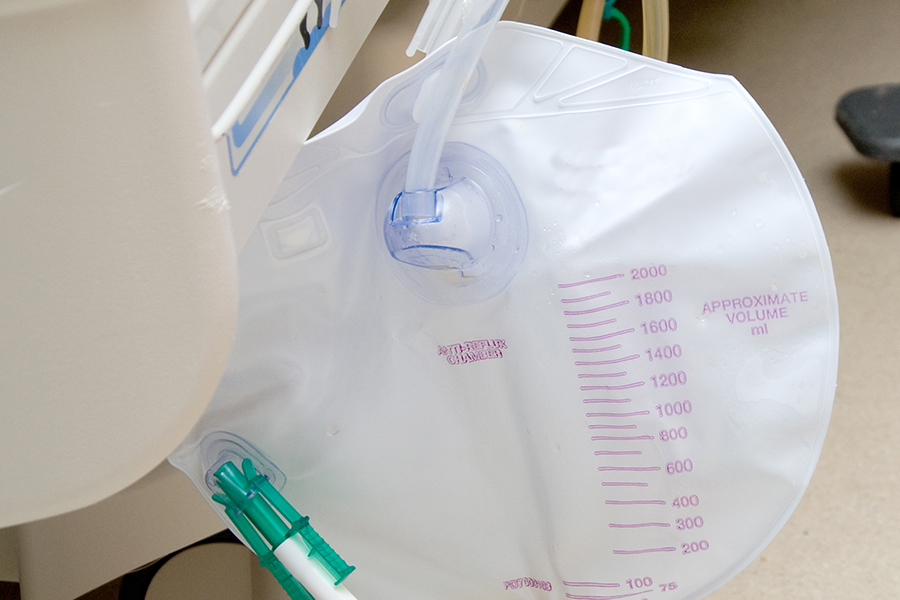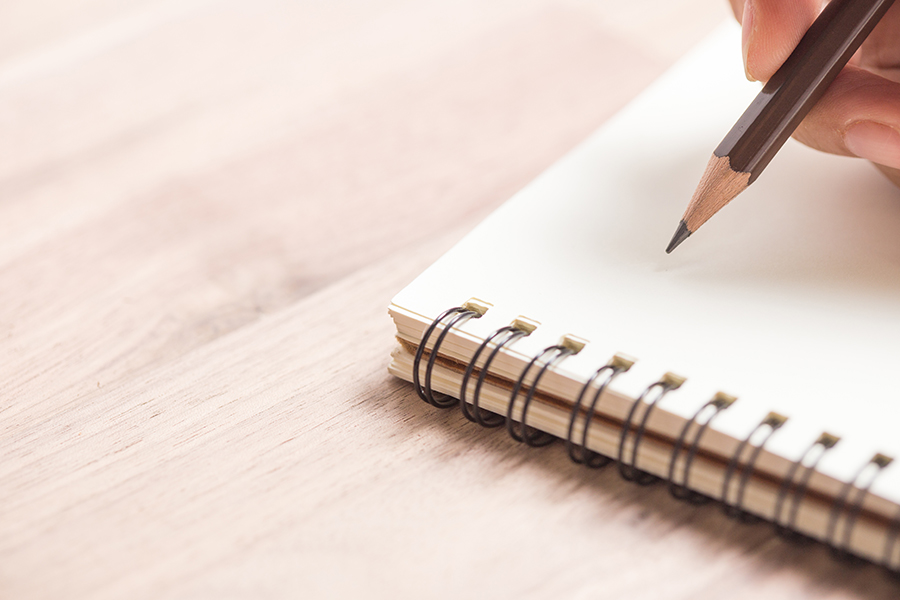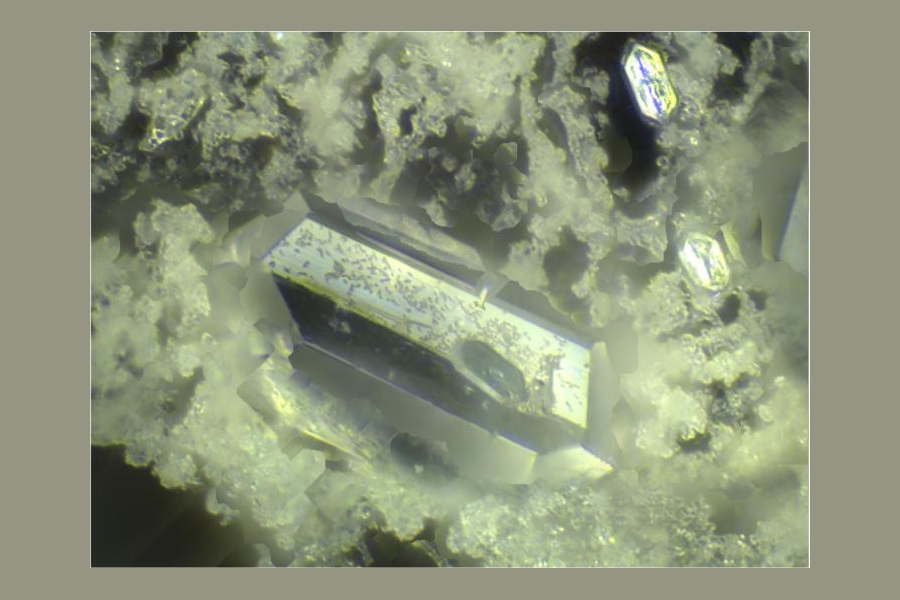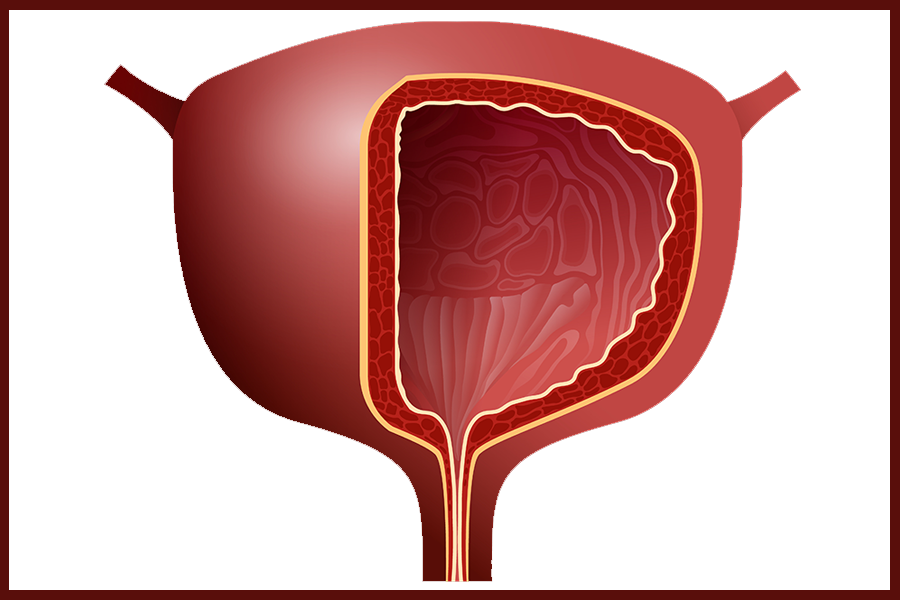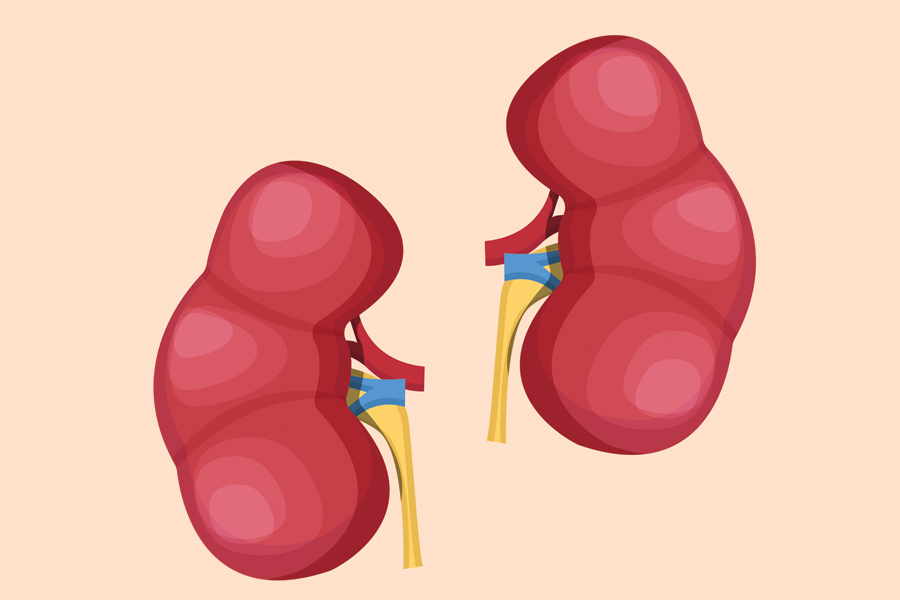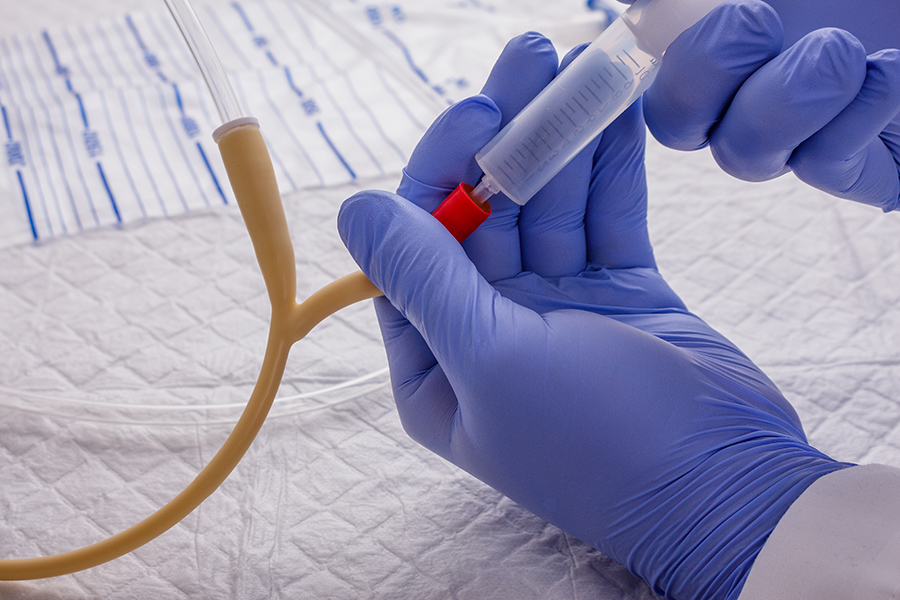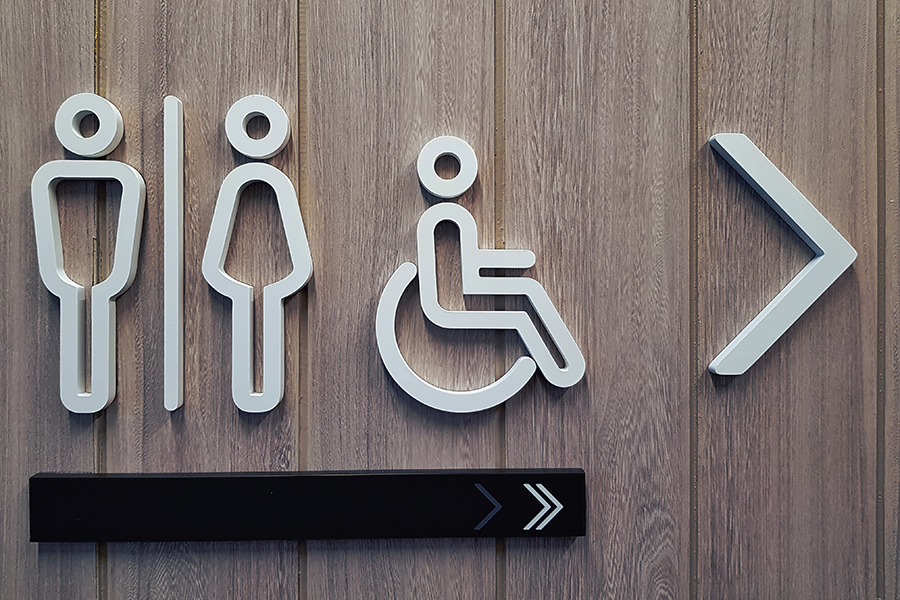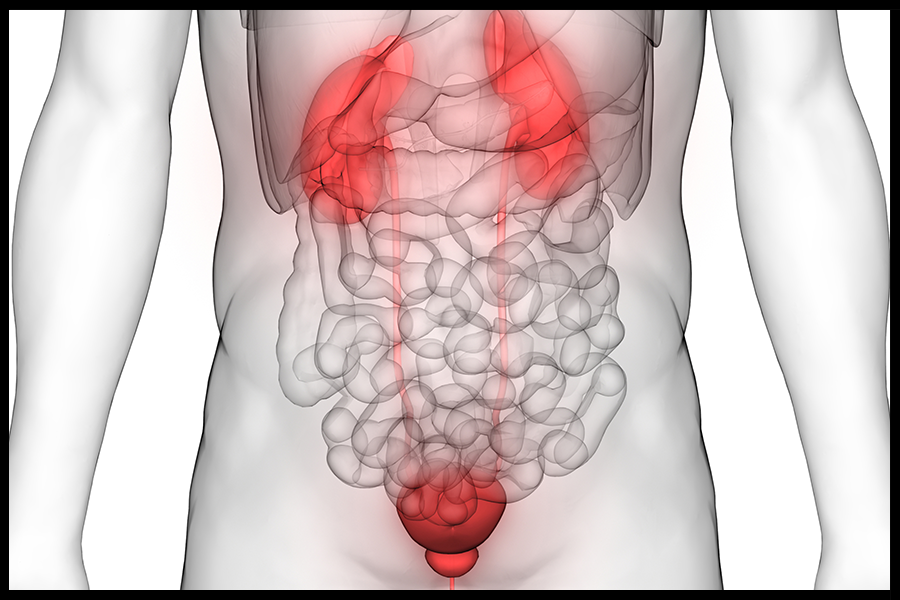A catheter is a thin, flexible tube with eyelets that drains urine from the bladder. People need to use urinary catheters for a wide variety of reasons, and those reasons impact which catheter and catheter accessories are best for you.
Your doctor might prescribe you an external catheter, intermittent catheter, or indwelling (foley) catheter. You can learn more about the different types of catheters here. Some catheters are pre-coated with a special lubricant for smooth insertion and removal, while others require manual application of a lubricant before inserting the catheter. Some catheters are sold alone, while others come with built-in accessories, such as a bag to collect the expelled urine – and still others may come in a sterile kit with lubricant, gloves, antiseptic solution, a collection bag and more.
Depending on what catheters you are prescribed and your medical needs, a variety of accessories may be useful to you when catheterizing. Below is a quick guide to catheter accessories for new users.
Leg bags

A leg bag is a collection bag that attaches to an indwelling or foley catheter, a subrapubic cather, or a male external catheter. It is designed to hold urine that is flowing freely, so it is not necessary with an intermittent catheter. The leg bag is attached to the leg, normally with elastic velcro straps. Because it is attached to the leg, it is portable and allows you to get around easily. When using a leg bag, it is best to use securing devices to ensure that the catheter doesn’t move around too much. On average, a leg bag holds around 500 mL of liquid, though different sizes are available. The healthy human bladder holds an average of 400 to 500 mL, or about 2 cups, so you will probably need to drain the leg bag at about the same frequency as the average adult would visit the restroom: every 3-4 hours.
Night drain bags
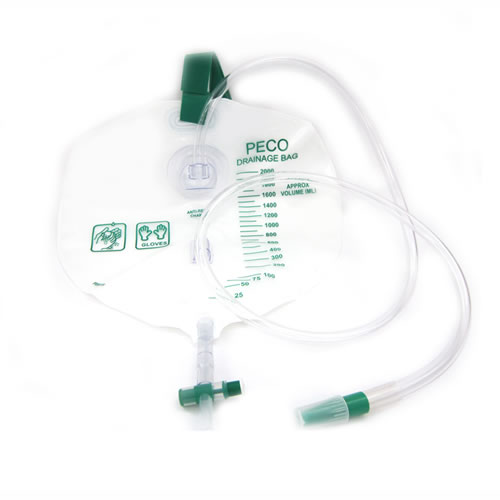
A night drain bag is a collection bag with a much larger liquid capacity. Because of the larger capacity, the bag takes longer to fill, allowing the catheter user to sleep through the night. A night drain bag is designed to behung from the bed rather than attached to the body for comfort while sleeping. The night drain bag can hold anywhere from 1,000 to 3,000 mL and should be changed upon waking. The catheter should be secured to the leg so that it will not move around while you sleep. Night drain bags are designed to be used for continuous draining with an indwelling or foley catheter, suprapubic catheter, or male external catheter.
Extension tubing
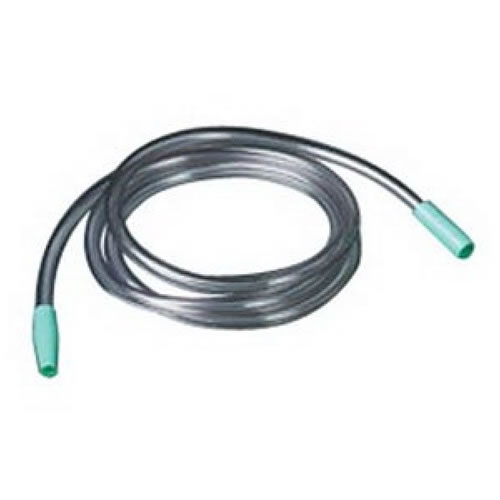
Sometimes you might find that the included tubing that connects your catheter to the collection bag is too short. Extension tubing can be added to increase the length from the catheter to the bag. This can allow for greater mobility while keeping the catheter securely in place.
Tubing adhesive or elastic straps

Tubing adhesive and elastic straps are designed to hold the catheter securely in place. This helps to reduce irritation that can occur when the catheter moves around too much.
Adhesive remover
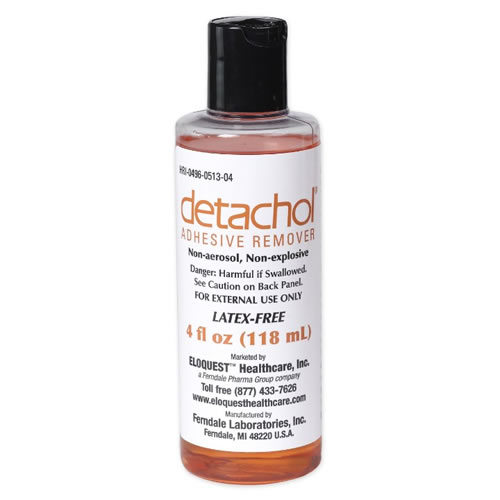
Adhesive remover may be used to remove tubing adhesive or male external catheter adhesive. Sting-free adhesive remover is made from a gentler formula for sensitive skin.
Irrigation kits

An irrigation kit may be used for both regular maintenance and for clearing blockages. Like any equipment, urinary catheters work best with regular cleaning. A common maintenance practice is ‘flushing’, performed at intervals advised by your doctor, and depending on your personal circumstances and catheter type. Flushing your catheter involves injecting saline solution through a special port in the catheter until urine drains freely from the bladder into the bag. Regular flushing keeps urine flowing freely and your equipment free of germs and bacteria. Another common reason for irrigation kit usage is to clear a blockage. During the normal course of usage, indwelling catheters may develop a blockage; it could be a partial or complete blockage by mucous plug, blood clot or other obstruction. When this happens, urine can back up into the kidneys. Catheter blockage is an emergency, and sometimes must be cleared by a medical professional. You should get medical advice as quickly as possible if you suspect your catheter is blocked.
Lubricant
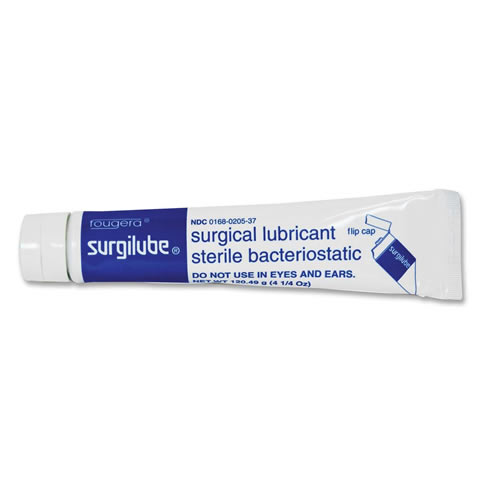
Lubricant is often used with intermittent catheters to allow the catheter to slide comfortably and safely through the urethra. Lubricant is not necessary with hydrophilic catheters, which are pre-lubricated. Likewise, a separate lubricant is usually not required for use with closed-system catheters, which come prepackaged with sterile accessories including their own gloves, lubricant, antiseptic solution and collection bag.
Appliance cleanser/deodorant
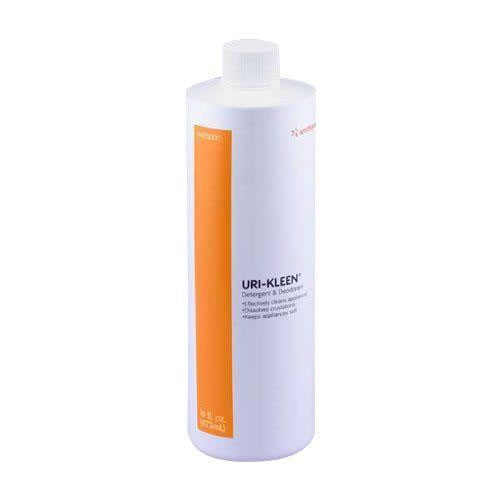
Due to the unique chemical compound in urine, special formulas have been designed to effectively cleanse, sanitize and deodorize your catheter accessories without damaging them. The appliances that can be cleaned with this type of cleanser/deodorant include leg bags, overnight drainage bags, and urostomy bags. Appliance cleansers/deodorants may help with hygiene, odor control, prevention of complications (such as blockages, urinary tract infections, and skin breakdown), and prolonged appliance life Please note, this type of cleanser/deodorant is only intended for accessory use. You must use saline to flush your catheter.
Connectors

Sometimes a connector or adaptor may be necessary to connect two incompatible pieces of equipment.
Clamps
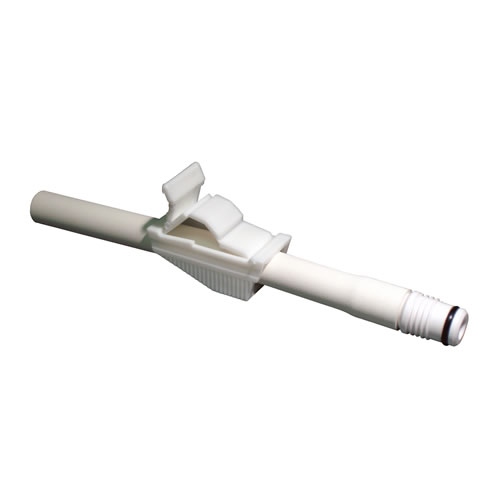
Clamps can be used to stop the flow of urine through tubing as needed to change the bag. Always use as directed by a medical professional.
Insertion Trays
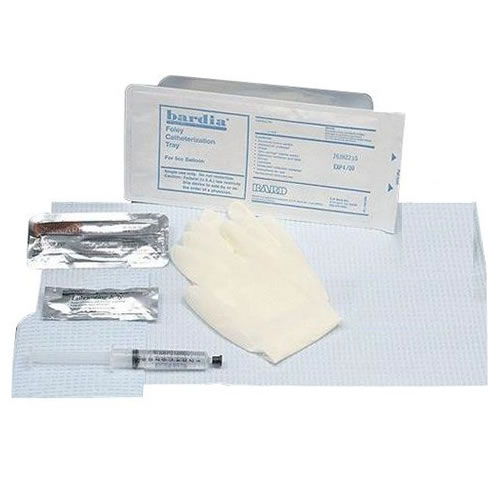
These trays contain everything needed to insert an indwelling catheter, which should be done by a medical professional. Some items that may be included in an insertion tray are: disinfecting swabs to clean the area, an underpad to cover the surface under the patient, a drape to cover the patient, a syringe with sterile water for inflating the balloon of the catheter, sterile lubricating jelly, latex-free gloves and a collection container. Some kits come with the catheter. Not all kits include all of the accessories mentioned.
Interested in more information?
Visit our Urological Community for nutrition tips, lifestyle questions, bladder health information, infection prevention tips and more. Explore our topics here.






